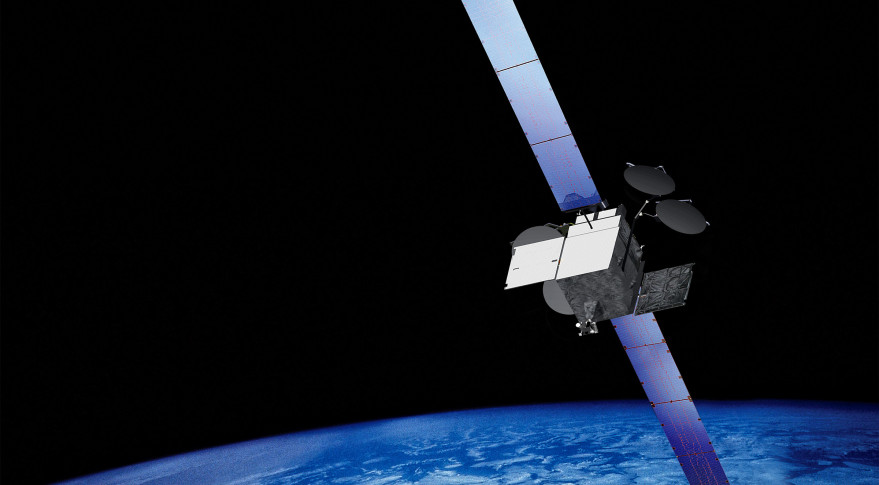(Cover Image Illustration / NASA)
A SOLAR storm is on its way to our planet, and they believe there is a possibility that the storm, traveling at 600 kilometers per second, could have enough power to potentially interfere with satellite-dependent technology.
Astronomers predict that a “high-speed stream of particles” is on its way to Earth. The particles were released from a hole in the southern hemisphere of the Sun and travel at an astonishing speed of 600 kilometers per second, or 2.1 million kilometers per hour. The particles are currently traversing the solar system and will hit Earth on March 20.
When they do, the researchers believe it could cause problems for satellite technology.

It has been categorized as a G1 class storm that can lead to “weak power grid fluctuations” and may have a “minor impact on satellite operations.”
Astronomy site Space Weather said: “NOAA forecasters say a minor G1-class geomagnetic storm is likely on March 20 when a high-speed solar wind stream hits Earth’s magnetic field.
“The gaseous material is flowing faster than 600 km / s from a southern hole in the sun’s atmosphere.”
Some experts have warned that a major solar storm is a question of “when, not if.”
Every now and then, the Sun releases a solar flare, which in turn sends energy into space.
Some of these solar flares can hit Earth, and for the most part, they are harmless to our planet.
However, the Sun can also release solar flares so powerful that they can cripple Earth’s technology.


–
While it is impossible to predict when and where a solar storm might hit, it is inevitable that it will hit the planet in the future.
On top of that, an intense solar storm can bring down satellite systems, as the bombardment of solar particles can expand the Earth’s magnetosphere, making it difficult for satellite signals to penetrate.
As such, experts have lamented the lack of preparation for an extreme space weather event, warning that it could cost billions and cause widespread panic.
–


